| Return to main page |
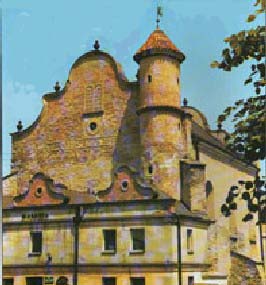
Dr. Dylagowa drove them through some more spectacular scenery until eventually they passed into a region of gentler hills. They proceeded without stopping past a village of Pentecostalists and a commune of Polish Krishnas. The Professor said that at one point he had considered making a study of the latter, but he had given up the idea on discovering that the commune in question already had as many scientific investigators as it had members.
They made small breaks in two small towns, the first of which contained
a large and beautiful synagogue. It was used now as a museum and occasional
exhibition centre. The students heard a short lecture about its past, and
about the community it had served, but the speaker was a Pole, not a Jew.
For centuries, Jews had been the hub of commercial life in this region,
as in so many parts of Central Europe. They had mixed with Greek Catholics
and with Roman Catholics. They had interacted peacefully, but very few
had intermarried. Progroms occured from time to time but the climate deteriorated
sharply in the twentieth century, when Greek Catholics began for the first
time to call themselves Ukrainians, and a strong Polish national consciousness
developed among the Roman Catholics. It was too easy to put all the blame
for the genocide of the Jews onto Germany. Local Catholics had participated
in anti-Semitic campaigns before the Second World War, and many had colluded
in the tragedies of the Holocaust. There was no escape, even for those
few Jews who had married Christians, or for those who had become secularised,
usually after moving to a metropolis such as Warsaw or Cracow, and who
felt themselves assimilated into Polish society. In fact, those who followed
the path of assimilation were often the first targets of anti-Semitism
in those tragic decades. At the same time there were some heroic exceptions:
a few local people had taken great risks by sheltering Jewish families
during the war. Ania remembered her recent visit to the camp at Auschwitz.
They visited a Jewish cemetery, with thousands of well-preserved headstones.
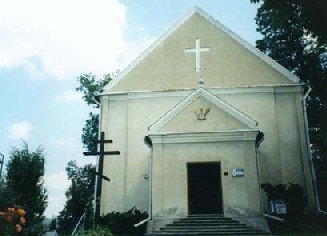 |
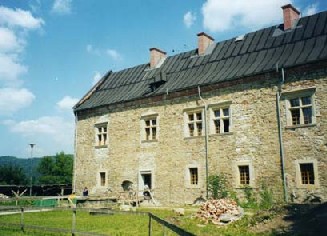 |
Figure 59: Sanok: (i) the Orthodox cathedral; (ii) the castle
At another small town they paused at the railway station where the
Jews of the area had been herded onto waggons for their fateful journey.
They also visited an Orthodox cathedral, where they were received most
hospitably by a bishop. In a castle high above a river they found a splendid
collection of icons, most of them rescued from eastern churches that people
had abandoned in 1947. Many of these buildings had been destroyed. A few
had been preserved in the town's skansen which, like the family
skansen they had visited earlier in the week at Zyndranowa, was
experiencing financial problems. One had to admire the enthusiasm and dedication
of the staff, who made a short presentation for the benefit of the summer
school. Ania nonetheless found this visit a drag, compared to Zyndranowa.
It reminded her of a school trip to Wales in her youth and hours trudging
around a similar sort of skansen somewhere near Cardiff. It was
hard to connect these representations of peasant life with the actual conditions
they had just experienced a short distance away. She was glad when the
Professor announced it was time to move on.
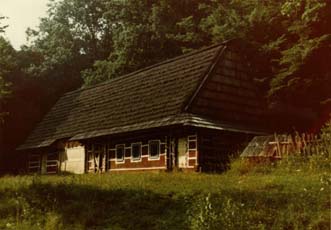 |
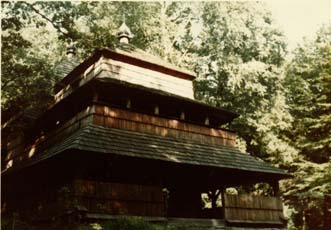 |
Figure 60: (i), (ii) The Skansen at Sanok
On the way they made a short detour to a village that bore the sign - Dylagowa. 'It's not connected with our families,' said Dr. Dylagowa. 'When I enquired, I found out that even this small village had a hundred Jews in the late nineteenth century. Of course there are none left today.' Ania could not rid herself of the thought that, wherever you turned in this central zone of Galicia, the Jews confronted you through their very absence. The Greek Catholics were still visible on the landscape, even though many of their distinctive churches were falling apart. But the Jews had simply gone missing, there was no one left to speak for them, and barely any material traces either.
The last item on the programme in that day was to call, shortly before arriving in Przemysl, on a Roman Catholic priest who was actively engaged in restoring Jewish cemeteries in villages throughout the region. Most had not been tended at all for half a century, and the stone had all but disintegrated. Tom was impressed by the priest's efforts on behalf of what he termed 'ecumenism'. He took a photograph of a recently constructed memorial, which the Rabbi of Cracow was shortly due to visit.
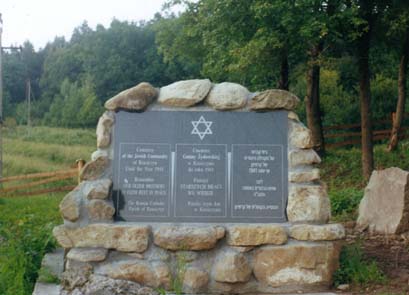
Figure 61: Plaque at a recently restored Jewish village cemetery
Ten minutes later they were unpacking their rucksacks in a nondescript youth hostel that was to be their base for the rest of the week. Przemysl was only 12km from the border with Ukraine. 'Of course we do not pretend that this is a typical fieldwork experience. Malinowski spent more than a year living among a few hundred Trobrianders, but you are going to spend a mere three days in the middle of a town of 70,000 inhabitants. Nonetheless, we think this is a good place to apply your anthropological knowledge, to see how the different fields of social life that we have explored can be brought together in one place.'
| Return to main page |